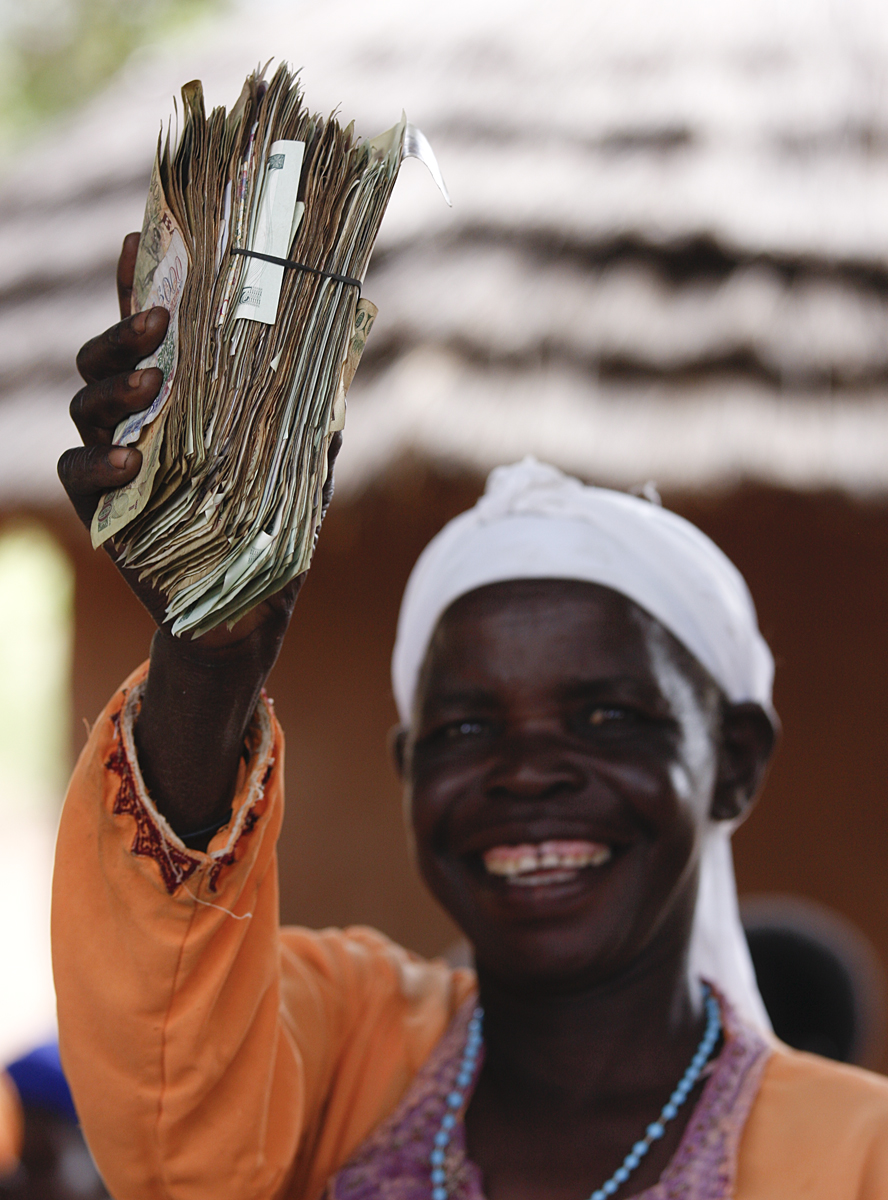From banker to service designer

Olga Morawczysnki, project Manager of Grameen Foundation’s AppLab Money Incubator (a CGAP-sponsored new initiative that develops mobile financial products for the poor) and Jan Chipchase, executive creative director of global insights at frog, argue that large scale adoption of (mobile) financial services by the poor will only happen if providers in this sector approach the problem of financial inclusion like service designers, and look at the current experience of banking in poor communities.
“Imagine if a banker approached the problem of financial inclusion from the perspective of a service designer. For starters, the banker would leave his comfortable air-conditioned office and drop his assumptions about the poor. He would spend time in the villages, travelling by overcrowded shared taxis, to learn about the lives of this segment. He would look at the drivers of financial behaviors, and build a richer understanding of why particular financial habits exist. He would also quickly recognize that “the poor†are not a homogeneous group, and that ample opportunities exist for creating segments, such as traders, cash-crop farmers, mechanics and shopkeepers.”
A longer and more thorough reflection on the same matter can be found in the paper “Mobile Banking: Innovation for the Poor” by Tashmia Ismail and Khumbula Masinge of the University of Pretoria’s Gordon School of Business Science (GIBS).
Access to, and the cost of, mainstream financial services act as a barrier to financial inclusion for many in the developing world. The convergence of banking services with mobile technologies means however that users are able to conduct banking services at any place and at any time through mobile banking thus overcoming the challenges to the distribution and use of banking services (Gu, Lee & Suh, 2009). This research examines the factors influencing the adoption of mobile banking by the Base of the Pyramid (BOP) in South Africa, with a special focus on trust, cost and risk including the facets of risks: performance risk, security/privacy risk, time risk, social risk and financial risk. The research model includes the original variables of extended technology acceptance model (TAM2) (Venkatesh & Davis, 2000).
Data for this study was collected through paper questionnaires in townships around Gauteng. This research has found that customers in the BOP will consider adopting mobile banking as long as it is perceived to be useful and perceived to be easy to use. But the most critical factor for the customer is cost; the service should be affordable. Furthermore, the mobile banking service providers, both the banks and mobile network providers, should be trusted. Trust was found to be significantly negatively correlated to perceived risk. Trust therefore plays a role in risk mitigation and in enhancing customer loyalty.



